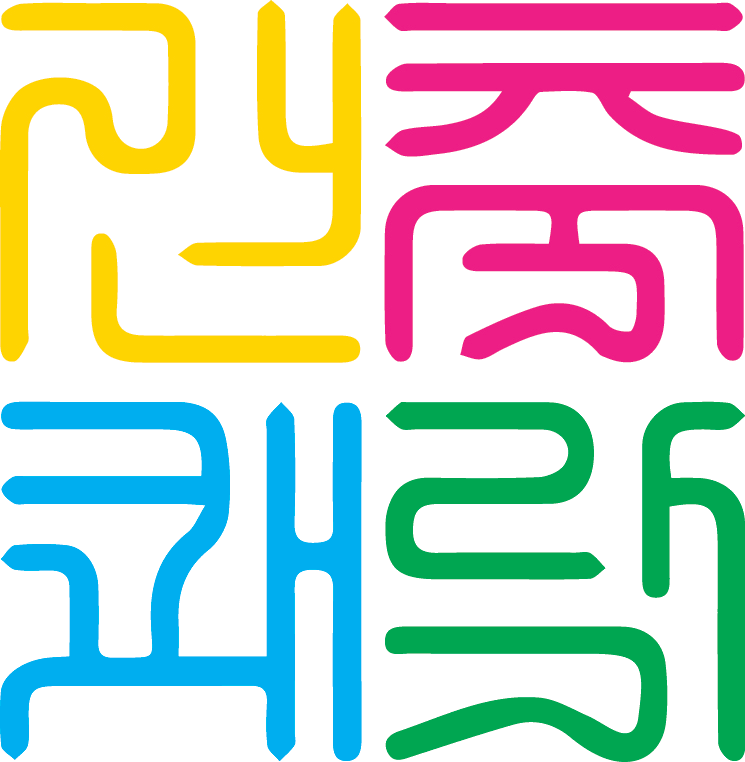Observations on Emergent Properties
Snow removal discrepancy drone photography courtesy of Austin Wyles
The title of the work is taken from a famous lexical ambiguity first suggested by German-American author, Dmitri Borgmann. As an example of homonyms, ‘Buffalo’ takes on multiple meanings; it can mean the city, the animal, or as a verb, to overawe or intimidate. ‘Emergent properties’ speak of unanticipated traits or phenomena in materials and behaviors in living beings. They transpire only from collaborative, sometimes serendipitous, interactions of a larger system, where each entity appears to not possess such properties on its own. The research was centered around three underlying concepts. First, the dérive which is a mode of experimental passage through space that was suggested by French Letterist/Situationist, Guy Debord. This was the primary method of collecting observations. Debord writes in Theory of the Dérive that,
“One can dérive alone, but all indications are that the most fruitful numerical arrangement consists of several small groups of two or three people who have reached the same level of awareness, since cross-checking these different groups’ impressions makes it possible to arrive at more objective conclusions.”
Isochrone/Isodistance maps based on local gas station pump readings
The research group wanted to recognize all the collaborators and the various discussions that ensued from experiences of walking, biking, jogging, and driving in and around the city of Buffalo. The map shown, marks the various locations around Buffalo the team visited. The second concept, the infraordinary, is an idea put forth by novelist Georges Perec. It describes the banal, obvious, common, ordinary, habitual occurrences that go overlooked in our everyday lives. He advocates for the pursuit of these unassuming situations and to appreciate their emergent properties. Perec writes,
“what we need to question is bricks, concrete, glass, our table manners, our utensils, our tools, the way we spend our time, our rhythms. To question that which seems to have ceased forever to astonish us. We live, true, we breathe, true; we walk, we open doors, we go down staircases, we sit at a table in order to eat, we lie down on a bed in order to sleep. How? Why? Where? When? Why? Describe your street. Describe another street. Compare. Make an inventory of your pockets, of your bag. Ask yourself about the provenance, the use, what will become of each of the objects you take out.
Question your teaspoons.
What is there under your wallpaper? How many movements does it take to dial a phone number? Why don’t you find cigarettes in grocery stores? Why not?
It matters little to me that these questions should be fragmentary, barely indicative of a method, at most of a project. It matters a lot to me that they should seem trivial and futile: that’s exactly what makes them just as essential, if not more so, as all the other questions by which we’ve tried in vain to lay hold on our truth.”
Icicle formations
Unfinished map of approximately 165,000 gravestones locations at local cemetery
Lastly, the research was also interested in the work of Japanese architect, Kon Wajirō, and his observational research in things like fashion, diagrams of suicide points in Tokyo, shapes of beards, organization of cupboards, all in the aftermath of a major earthquake that levelled Tokyo in 1923. His intentions were to record the various means through which people were rising back from the ashes but also to critique notions of gender, class hierarchy, and the economy of Japan at the time. He coined the term Modernology to represent his analysis of material cultures.
Pothole casting























